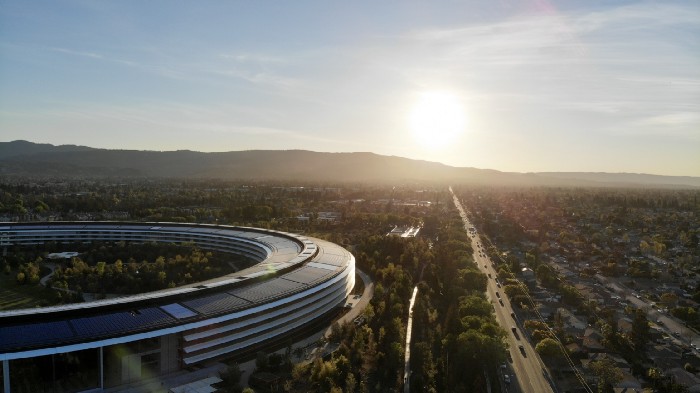
Pocket Macs are coming!
Merging mobile offerings with macOS. Others will follow.
When the iPhone reached the market (announced in January and released in October 2007), it changed everything. Right there and then, every other phone offering on the market looked primitive, pathetic, like a relic from a past no one would miss.
The touchscreen-based device, with no keyboard, looked like it was taken out of a science fiction show. Competitors laughed aloud at the high price point and all the radical changes, wishing Apple good luck selling that “toy” to the masses.
Google was not laughing and very much paying attention. They had been working on a feature phone for a couple of years (they had bought a startup in 2003 that was working on what would later become Android). Nothing so futuristic, without physical keyboards and touchscreen-based, but they were quick to adopt this fresh approach, and the rest is history.
Hardware was lackluster; cutdown operating systems were born
Beefier CPUs and giant touch screens require a lot of power. Moreover, these newcomers needed daily charging in a world where “feature phones” had weeks of battery life. In addition, the implicit promise to have the “real web” replace the iPod and be a lot more like computers than phones was ambitious.
Apple took Mac OS X, stripped it down to its bare bones, and created iOS. Even basic features like the Mac Finder, cut and paste, window management, and multitasking had to go. Google took an Open Source Linux kernel, ripped Java from Sun microsystems, and built their lightweight offering on top.
As processing power increased over new processor generations, both iOS and Android started getting closer to their older siblings (macOS and Linux). Recently we reached a conversion point. Today’s phones and tablets have similar computing power to their computer counterparts. Regardless of Apple naming conventions for their silicon, the M1 appears in iPads and Mac computers, and the latest AXX chips are roughly equivalent in capabilities.
Merging operating systems is on the cards; wait a bit, it will come!
Maintaining different OS variants (watchOS, tvOS, iPadOS, iOS, macOS) was a choice made long ago when different CPUs required a lot of compromises. While that is still the case for the Watch, it is not for phones, tablets, and TV appliance boxes.
The technology merge will take its time, but it will happen. You will have iPads and phones running the complete set of MacOS applications, very likely announced as full-blown Macs you carry in your pocket. Just connect them to a monitor, keyboard, and mouse, and you are ready to go.
Apple can have different interface libraries for the iOS/ipadOS small screen apps; they can bundle them with their big-screen focused Mac counterparts. They are already in macOS; if you have not noticed, that is a big part of why you can run phone/tablet apps on M1 Macs without emulation.
There is a lot of work involved in bringing multitouch support to the Mac. That is the main factor that is holding back the merge. If you run a phone app on a Mac, that should be obvious.
Both universes will significantly benefit from merging. We will get a decent Finder on both phones and tablets, much more robust application support, and the incredible power to turn small devices into full-blown setups.
Microsoft and Linux vendors will also take that train
Remember WindowsCE and the various “Linux on phones” projects (besides Android)? Finally, they will be getting another shot at the golden pie.
Now that ARM CPUs on PC’s have been validated by the Apple switch to its own Silicon, Microsoft must change gears and get into overdrive with Windows on ARM. Linux vendors have a shot at it, but the Open Source world is complicated; talent and resources are scattered everywhere, and I never know what makes them tick.
The next few years will be exciting times for the industry. So get that popcorn and enjoy the races.




